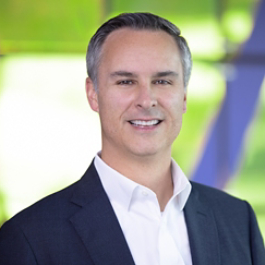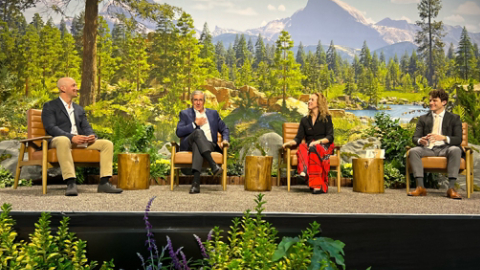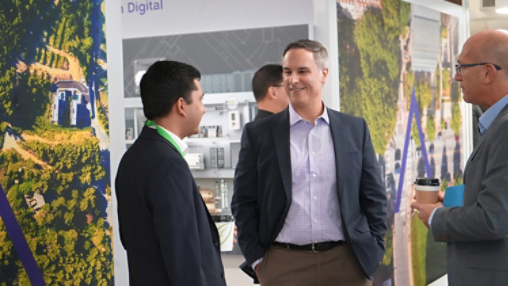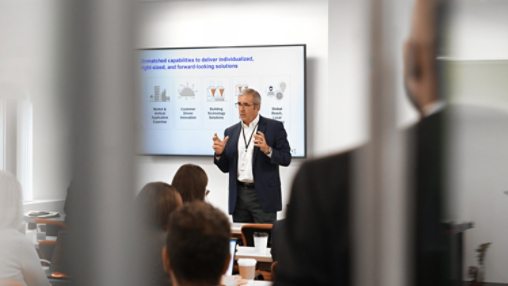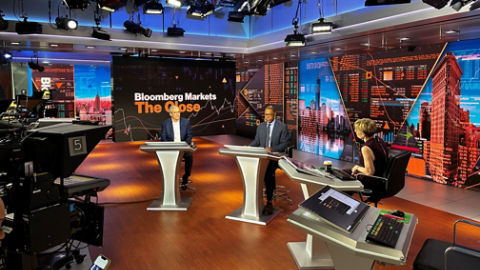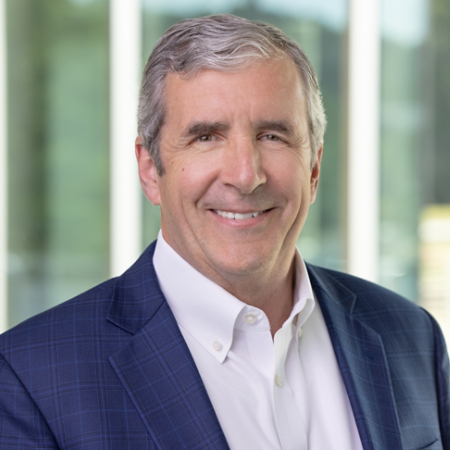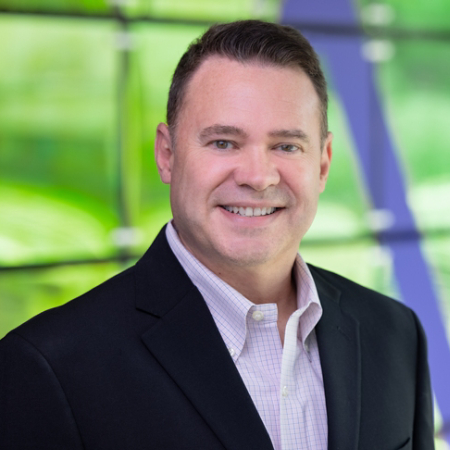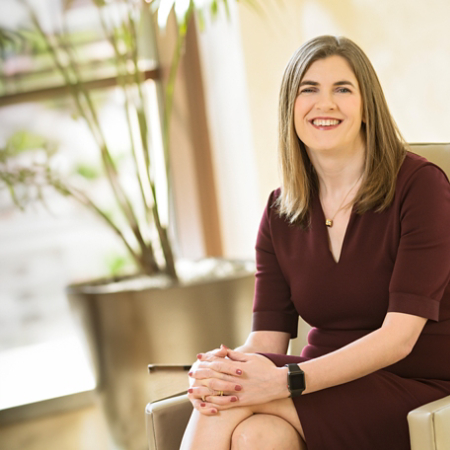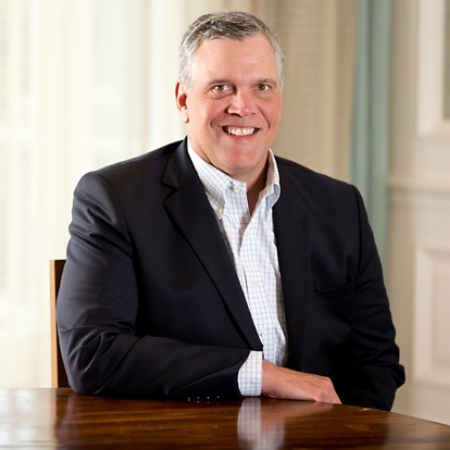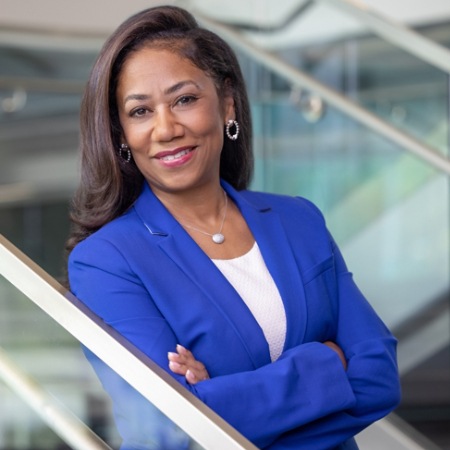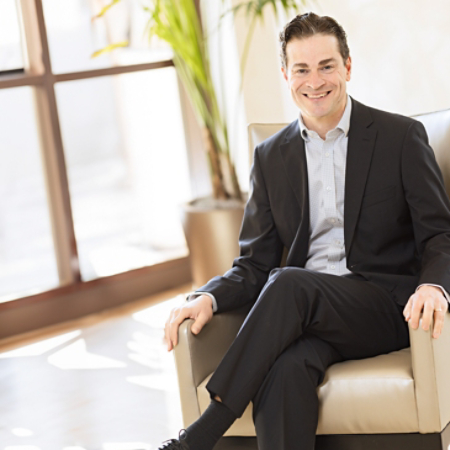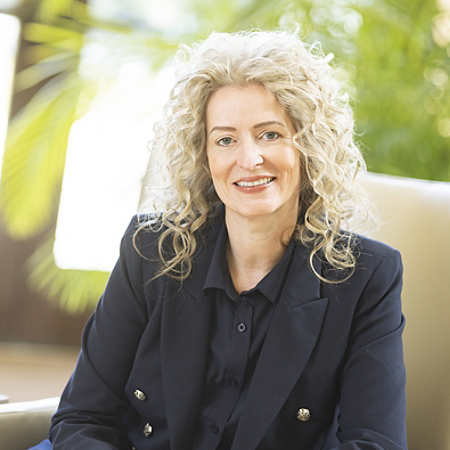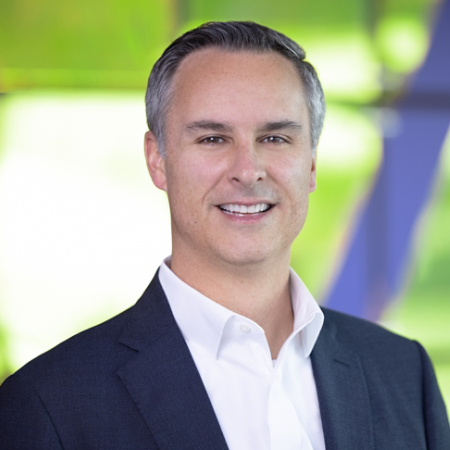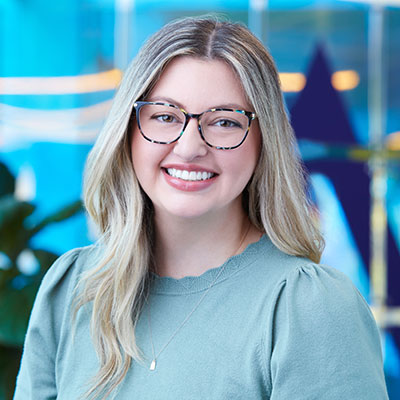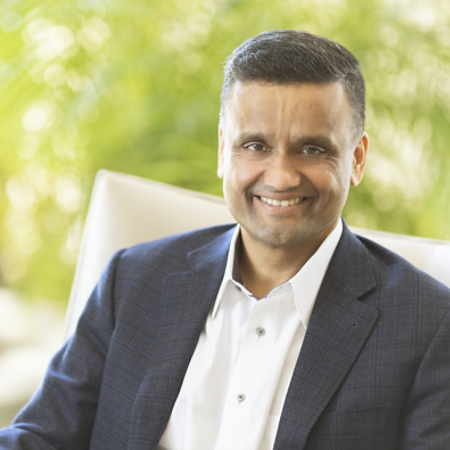What other steps are you taking to tackle those challenges and deliver on your sustainability goals?
We assign ownership for the goals across the leadership team. As CFO, I need to make sure that we’re always putting the investment dollars behind the right initiatives. For instance, we’ve had our EcoWise® chiller portfolio in our commercial HVAC space for seven years, featuring greener refrigerant and lower energy intensity. The challenge is how to keep innovating that product portfolio to make it even more efficient and environmentally sustainable.
We have an investment review board to help guide the evaluation process. It looks at projects from across the enterprise and helps the leadership team evaluate their returns and determine which projects we should be funding. Our businesses are at a nexus of global megatrends that have above-market growth potential, such as climate change, urbanization, resource scarcity, demographic shifts, and digital connectivity. That means there’s no end of potentially good ideas to invest in. The investment ROI calculation has remained the same―revenue growth, margin expansion and free cash flow―but the lens has expanded. When we evaluate new investment opportunities, we also use ESG measures such as the diversity of the team executing this project. That wouldn’t have been part of the conversation in the past.
The Gigaton Challenge is about the energy-efficiency evolution of our products and systems, electrification, transitioning to lower global warming potential refrigerants, and reducing food loss in the global cold chain. When we evaluate developing a new product, we use metrics, such as the efficiency level it delivers versus the old product. Then, we assess how much we can change out in the installed base with the new product by 2030. Another critical component is measuring our progress year-over-year (YOY), in terms of the energy efficiency and emissions of products that we’re selling today versus the products we’re replacing, and by how much we are reducing our energy intensity and emissions impact.
One of our biggest advantages is that we have 100% alignment across the leadership team on the goals we set and how to get there. Our carbon emissions reduction strategy is managed at the enterprise level. Other senior leaders and I are directly involved in establishing YOY reduction goals and the longer-term strategy for how and when we will reach carbon neutrality. Our emissions reduction goals are then applied to each strategic business unit and location and monitored monthly through our electronic GHG dashboard.
How do you make those energy efficiency tradeoffs in your product portfolio?
We don’t consider it a tradeoff, because the returns generally look very strong. The megatrends in our industry suggest market growth well above GDP, so rather than worrying about tradeoffs, our mindset is, how can we go faster? How can we make sure that we go after the bigger improvements the market is seeking? That approach is reflected in our decision to invest more than $100 million over the next three years to deliver a fully electric product in every segment of the cold chain by 2023 in EMEA and 2025 in the Americas. We recently introduced a hybrid electric refrigeration unit for long-haul trucking in Europe that is 30% more fuel-efficient than the next most-efficient product on the market―which is also a Thermo King product, so we are effectively replacing existing products with more efficient and sustainable ones.
Central to our strategy is the understanding that manufacturers like us can replace their product portfolio with higher efficiency, lower-emissions products and still earn great returns. In our case we’re providing a better energy solution and a lower total cost of ownership for customers. It’s one of the reasons we’re seeing outsize growth in our European portfolio. Our new product line enables trucks to deliver food into European city centers that require clean energy transportation. We’re scaling that investment by bringing that electrified portfolio to the United States and Asia. Similarly, in our HVAC portfolio, we’re seeing growing demand in Europe for our electrified heating and cooling systems that can provide up to 350% greater energy efficiency than boiler systems―technology that can be adopted in other markets to significantly reduce customers’ carbon footprint.
How has your ESG commitment and the climate-centric mission transformed the way the organization operates, including your role?
I think one of the biggest changes for our organization is that, whether you’re in finance or in a factory, everyone in the company understands how our climate and other ESG goals are part of our purpose, which is all about driving change to achieve a more sustainable world. For instance, we also set several commitments for diversity and inclusion. We’re the first in our industry to join Paradigm for Parity, pledging that by 2030 half of our leadership roles will be held by women. To help ensure that we stay on track to achieving all of our ESG commitments, we’ve tied a portion of our executive and leader annual incentive plan to the 2030 commitments. Starting in 2021, every employee had to have an ESG goal as one of their four annual performance goals.
For me one of the biggest changes to come out of executing on the ESG commitments is that as CFO, I always want to know what steps 2, 3, 4, and 5 are before taking the first step. But that mindset doesn’t always work for ESG. Taking meaningful action on climate change is about setting really big goals even though you don’t know how exactly to get there. You have to be willing to make the commitment and get started, allowing yourself to get smarter as you work through the process. That’s been a big learning and a big change for how I view my role. And it’s the same, I think, for the entire leadership group, starting with our chair and CEO, Dave Regnery, and including our entire board. They have taken the lead on understanding the company’s key sustainability measures and making sure management is accountable for them.
We also get input on our sustainability strategy from the compensation committee and from the audit and finance committees. For example, when we renewed our $1 billion credit facility last year, we tied ESG metrics to it. So, the finance committee had to be aware of what those metrics are, how they’re being reported, and what how the internal control system works to ensure we’re reporting that information accurately.
All these organizational changes tying into our Gigaton Challenge and other ESG commitments are informed by the understanding that, from a product and customer outcome perspective, the environmental side of our mission couldn’t be of higher importance to our strategic competitive advantage. It’s the number one concern for our customers―and it’s not just a cost equation for them. They want to know what we are doing to make our planet healthier.
Hear more from Chris Kuehn in Deloitte’s C-suite insights report: How purpose delivers value in every function and for the enterprise.



